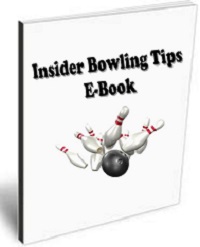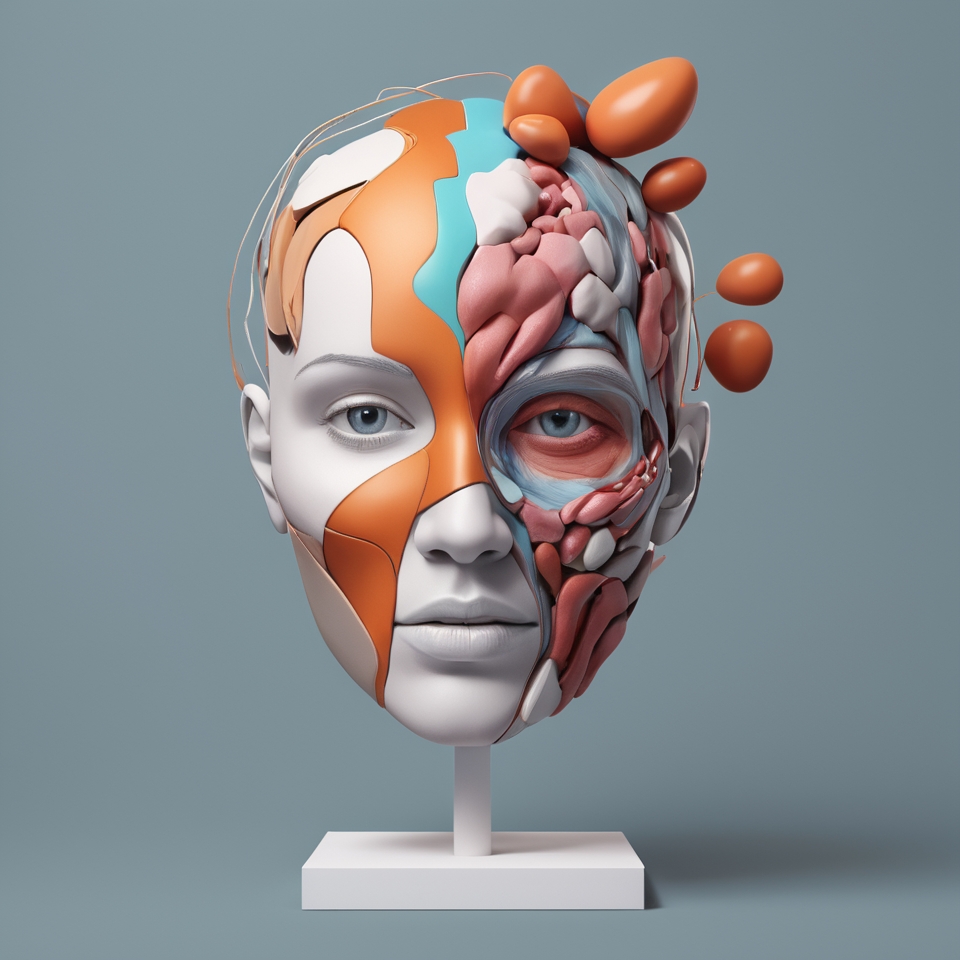In today’s digital age, e-book readers have revolutionized the way we consume literature. With the convenience of carrying thousands of books in a single device, e-readers have become increasingly popular among avid readers and casual enthusiasts alike. However, along with the convenience they offer, there are also concerns regarding their impact on eye strain and reading habits.

The Evolution of E-Book Readers
E-Book readers, such as Amazon Kindle, Barnes & Noble Nook, and Kobo, have evolved significantly since their inception. Initially introduced as simple devices for reading digital books, they have now transformed into sophisticated gadgets with features like adjustable lighting, high-resolution displays, and customizable fonts. These advancements aim to replicate the experience of reading a physical book while offering additional conveniences like built-in dictionaries and note-taking capabilities.

Addressing Eye Strain Concerns
One of the primary concerns associated with e-book readers is the potential for eye strain. Traditional books typically use reflective surfaces, such as paper, which are easy on the eyes. In contrast, e-readers utilize backlit displays, which emit blue light similar to that of computer screens and smartphones. Prolonged exposure to blue light can lead to eye fatigue, dryness, and discomfort.
To mitigate these issues, e-reader manufacturers have implemented various features aimed at reducing eye strain. Many devices now offer adjustable brightness settings and warm light filters to reduce the amount of blue light emitted. Additionally, e-ink displays, found in some e-readers, simulate the appearance of ink on paper, resulting in a more comfortable reading experience for many users.
Impact on Reading Habits
While e-book readers offer unparalleled convenience, they have also influenced reading habits in significant ways. With instant access to a vast library of e-books, readers are more likely to engage in impulsive reading, jumping from one title to the next without fully immersing themselves in any single work. This can lead to a decrease in deep reading and critical thinking skills, as readers skim through texts rather than digesting them thoroughly.
Furthermore, the digital nature of e-books has changed the way we interact with literature. Features like highlighting, note-taking, and social sharing allow readers to annotate and discuss texts in real time, fostering community engagement and collaborative learning. However, some argue that these features detract from the solitary and introspective nature of reading, turning it into a social activity rather than a personal pursuit.
Striking a Balance
While e-book readers offer undeniable benefits, it’s essential to strike a balance between digital and analog reading experiences. Incorporating paper books into your reading routine can provide a welcome respite from screen time and help alleviate eye strain associated with e-readers. Additionally, setting aside dedicated quiet time for deep reading can enhance comprehension and retention of complex and challenging texts.

Ultimately, the impact of e-book readers on eye strain and reading habits depends on various factors, including individual preferences, usage patterns, and technological advancements. By staying mindful of these factors and making conscious choices about how we consume literature, we can harness the benefits of e-readers while minimizing their drawbacks.

Soon, you’ll finally free yourself from eye floaters –
by following a safe, easy, and natural method..Click here

In Our New Insider Bowling Tips E-book Here is What You Will Discover!
Over 30 Years of Hands-On Bowling Knowledge In One Digital E-book!
Including Bowling Tips for Basic, Intermediate and Advanced Bowlers Click here

